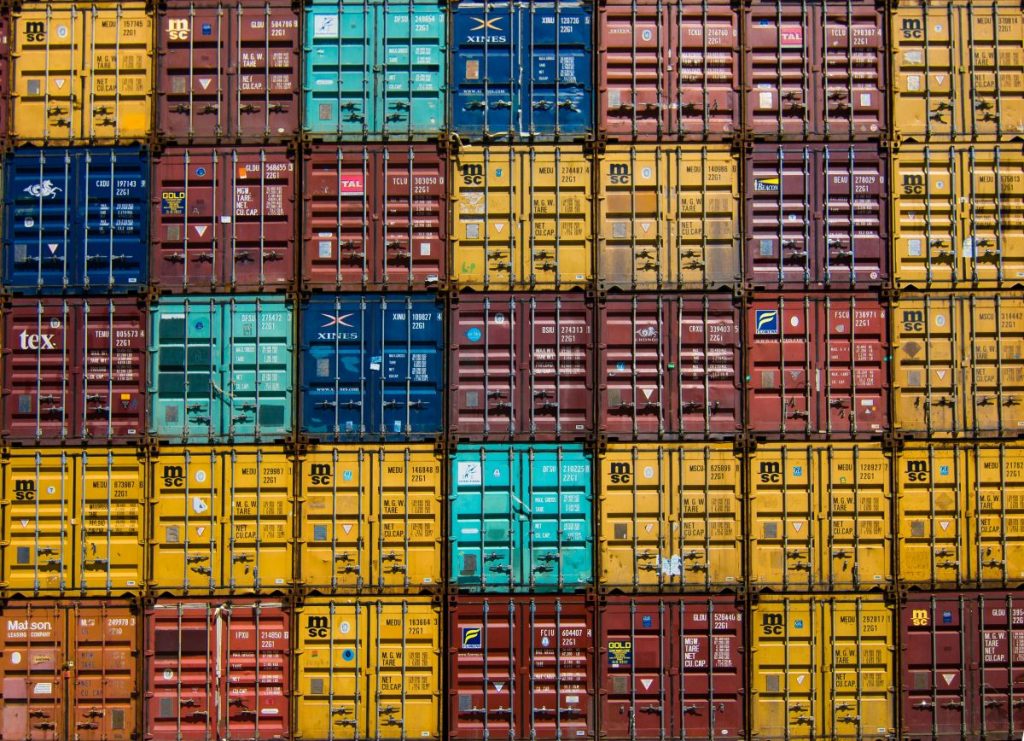A new forecast warns of double-digit declines in U.S. container imports beginning in May, as retaliatory tariffs shake confidence and push retailers into inventory drawdown mode.
Container Volume Set to Plunge Amid Tariff Fallout
Retailers and supply chain leaders are facing a sharp reversal in import volumes, as newly imposed U.S. tariffs push businesses into a holding pattern. According to the Global Port Tracker report released by the National Retail Federation (NRF) and Hackett Associates, imports through major U.S. ports are expected to fall by at least 20% year over year starting in May—with deeper drops likely through the second half of 2025.
The shift follows months of accelerated shipping activity, as companies sought to front-load inventory ahead of anticipated trade policy changes. That window is now closed. With “reciprocal” tariffs in effect—and China facing additional duties of up to 145%—retailers are expected to lean heavily on existing stock rather than risk high-cost imports.
“We agree on the need for better trade,” said an NRF spokesperson, “but we need to use tools other than tariffs to achieve those deals.” The organization expressed concern that despite a 90-day pause in tariffs for most countries, the global tariff regime still poses a significant cost burden and introduces extreme uncertainty into supply planning.
Forecasts Turn Bleak as Retailers Retreat to Inventory Buffers
The new outlook shows a sharp break from previous projections. April volumes are expected to remain relatively steady at 2.08 million TEUs, reflecting pre-tariff shipping. But May’s forecast has been slashed by over 450,000 TEUs compared to earlier estimates, with a 20.5% year-over-year drop to 1.66 million units. June and July are expected to be even lower, with projected declines of 26% or more.
Hackett Associates founder Ben Hackett emphasized the volatility of the current environment: “Our forecast will be subject to significant adjustments over the coming months.” He warned that even the revised outlook could deteriorate further if geopolitical tensions continue to mount or if sourcing shifts prove slower than anticipated.
Retailers had already been importing at elevated volumes through late 2024 to get ahead of both the tariff risk and the threat of port strikes. As a result, total imports reached 25.5 million TEUs—just shy of 2021’s pandemic peak. That front-loading now serves as a cushion but offers little clarity on what comes next.
Rethinking Volatility as a Core Planning Assumption
What we’re seeing is not just a dip in volumes, but a redefinition of trade stability. The combination of tariff uncertainty, geopolitical friction, and logistics cost variability is challenging long-held assumptions about predictability in global sourcing. For supply chain and logistics leaders, the priority now is less about fine-tuning forecasts—and more about building systems that can withstand wild swings without breaking. Those able to flex across sourcing regions, contract types, and transit modes will be best positioned not just to endure—but to lead through the turbulence ahead.







